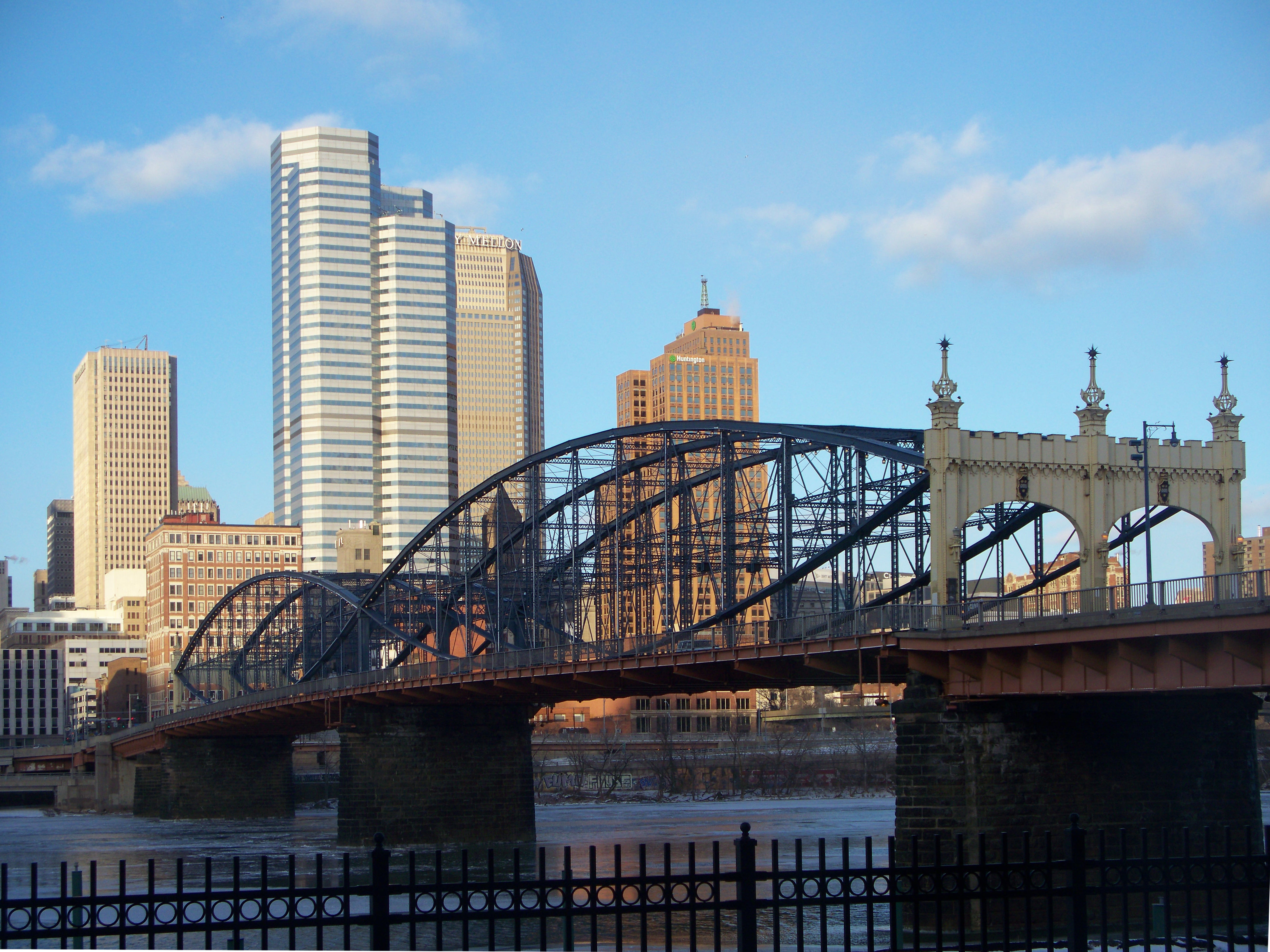
Old Pa Pitt has done his best to make this picture look like an old colored postcard. Henry A. Macomb won a design competition for this gatehouse, whose tower is clearly influenced by the tower of the Allegheny County Courthouse downtown. The entrance buildings were finished in 1889, just after the courthouse opened, and some last-minute changes to the tower were probably intended to make it look more like Richardson’s work on the courthouse.













